Generator Repairs
There is a saying 'we have what we have' but it does not always work!
And so we have the tale of our poorly diesel generator, a 4kw single cylinder diesel Paguro model P4000, which a few days before we were due to leave, decided to call Time Out and stopped generating AC.
Of course, this was a complete pain however, also a blessing in disguise. We are keeping up the mantra that it was better to go kaput here than halfway into a huge Pacific Ocean Passage. Better from the sense that it can be fixed by highly skilled and knowledgeable people, but of course nobody likes a large, unexpected expense.
Our other concern was that we need very high tides to get out of the river and the bar at Livingston. High tides in the night are no good, as fisherman lay nets across the entrance, and only two tides remain for the rest of this year. After that the next one is in June at the start of the hurricane season.
Rocky Ramos to the Rescue
Having exhausted the excellent technical support from Advance Yacht in the UK, we turned to a local highly skilled mechanic called Rocky Ramos, who did a fair amount of work on our main engine last year. Rocky came over and confirmed that although the engine was running OK, no AC was being produced. This necessitated the generator be removed from the dedicated locker. No mean feat when you consider it weighs 96kg.
It took just over two hours to remove all the wiring, plumbing and engine mount bolts etc and using muscle power and a scaffold pole, the unit was removed and placed in a launch moored behind us.
In the workshop Rocky managed to remove the back end and reveal the stator. Having pronounced the 2 diodes dead and a water leak in the cooling jacket, which in turn led to the the windings overheating and shorting out.
Rocky felt the best course of action would be to send the electrical parts to a friend who owns a specialist re-winding business in Guatemala City, and he would work his magic on the actual engine.
A number of small oil leaks were found, plus a couple of pinholes in the exhaust. Pipes, gaskets, fuel filters, bearings, oil and seals were replaced, the starter motor overhauled and a new voltage regulator fitted. Rocky also spray painted the engine with heat resistant primer, and then a top coat of gloss white.
The sound insulation at the base and inner clam shell sides had all but turned to dust. This was removed and a new insulation glued into place. The slightly corroded engine mounts also got attention, and a coat of primer and top paint.
We had always changed the oil and impeller at 80 to 100 hours, but you can't beat taking the generator out and putting it on a bench to strip down. Hopefully, the generator will be good for many years to come.
Below are some pictures that show the evolution of the rebuild.
It took about 10 days, which is not bad considering Rocky squeezed us in between an already full schedule. He also took pictures at each stage and kept us informed, sometimes way after 8pm still in his workshop.
It took about 10 days, which is not bad considering Rocky squeezed us in between an already full schedule. He also took pictures at each stage and kept us informed, sometimes way after 8pm still in his workshop.
And finally back in situ below.
Our plan is to leave Tijax Marina soon, and anchor off until the next high tide in early December. That way we can test everything and at least Aztec Dream will be as good as she gets for our long voyages ahead.
If you have a yacht to refit, you won't be disappointed by the range of services and competitive prices here.
We will call into the Bay Islands of Honduras again, and hope to spend some time in San Blas in the New Year, prior to sorting out the paperwork for our transit through the Panama Canal for sometime in March.
We will attempt to update our FaceBook page, The Voyages of Aztec Dream as our progress unfolds.




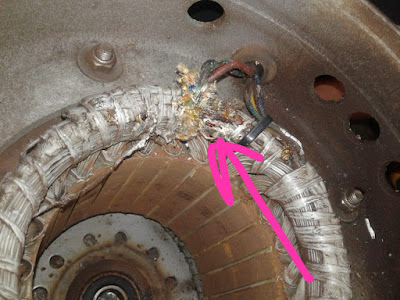
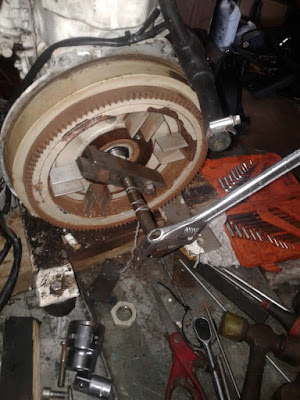



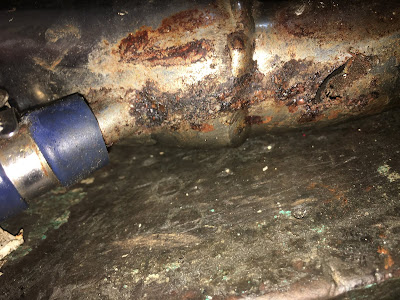
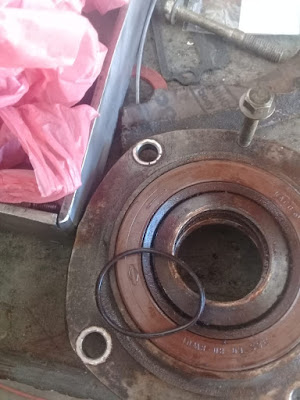

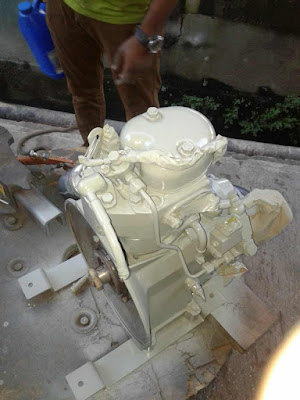


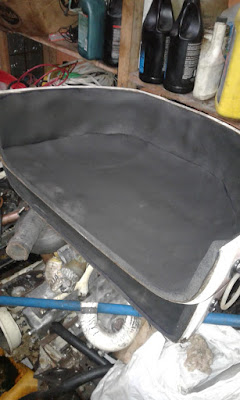



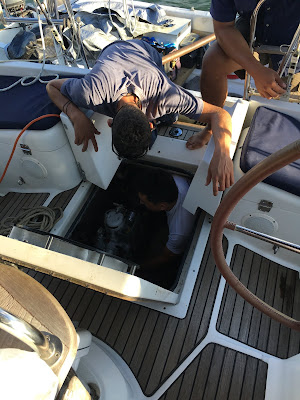

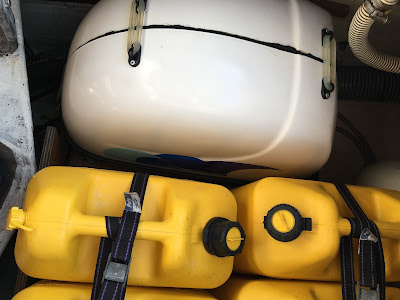
No comments:
Post a Comment